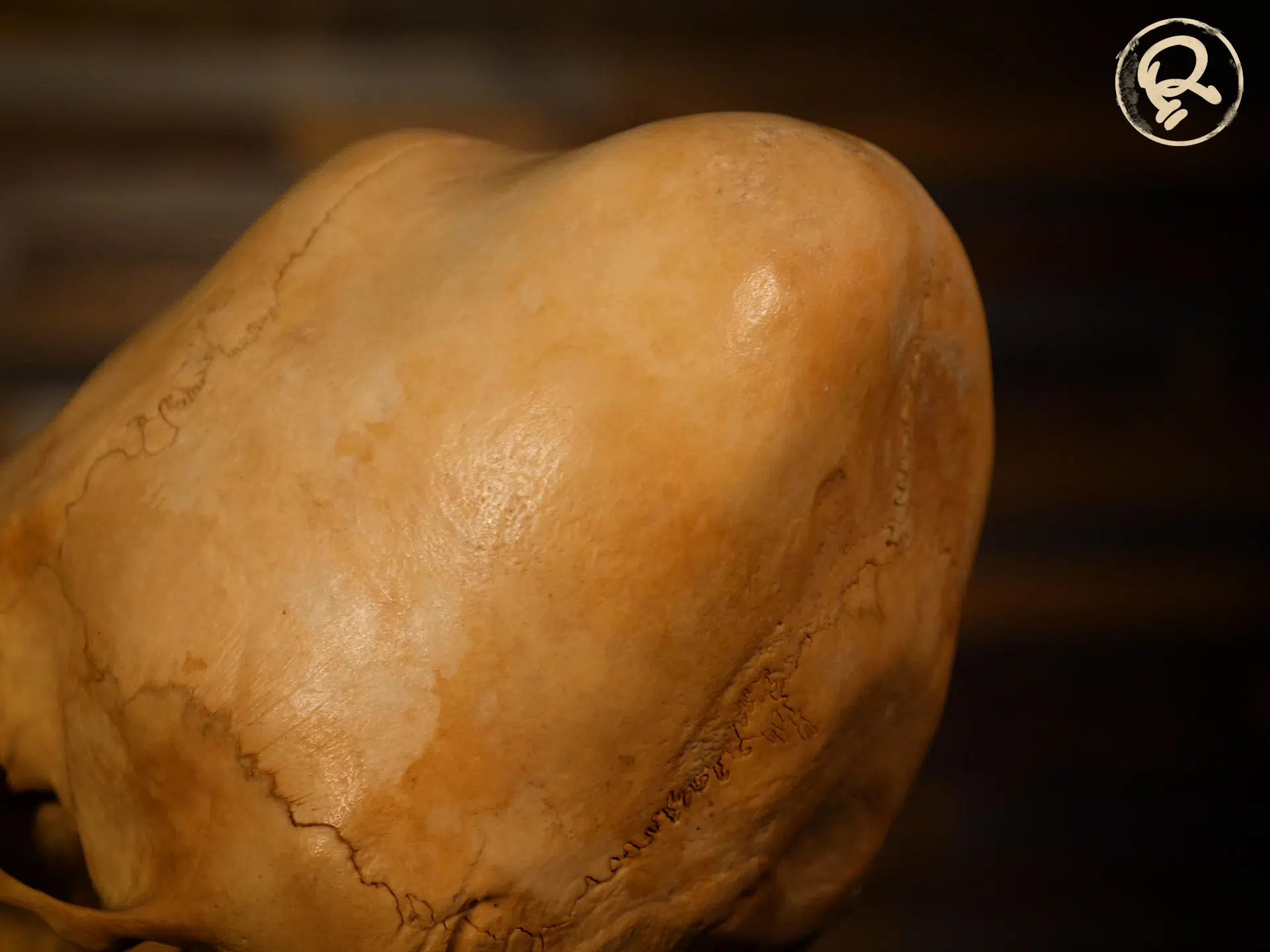
The Curious Skull Binding Rituals Of New Britain
Featured in Ripley's Believe It or Not!

Cranial manipulation and deformation can be found throughout the world. While some cultures elongated their skulls to seemingly impossible lengths, others sought a flatter forehead or more modest change.
On the island now known as New Britain within the Bismarck Archipelago of Papua New Guinea, skull binding was once a common practice. The practice, however, has slowly disappeared under the influence of Christian missionaries on the island. Even when Oxford researchers arrived in the 1930s, the skull binding was beginning to decline.





